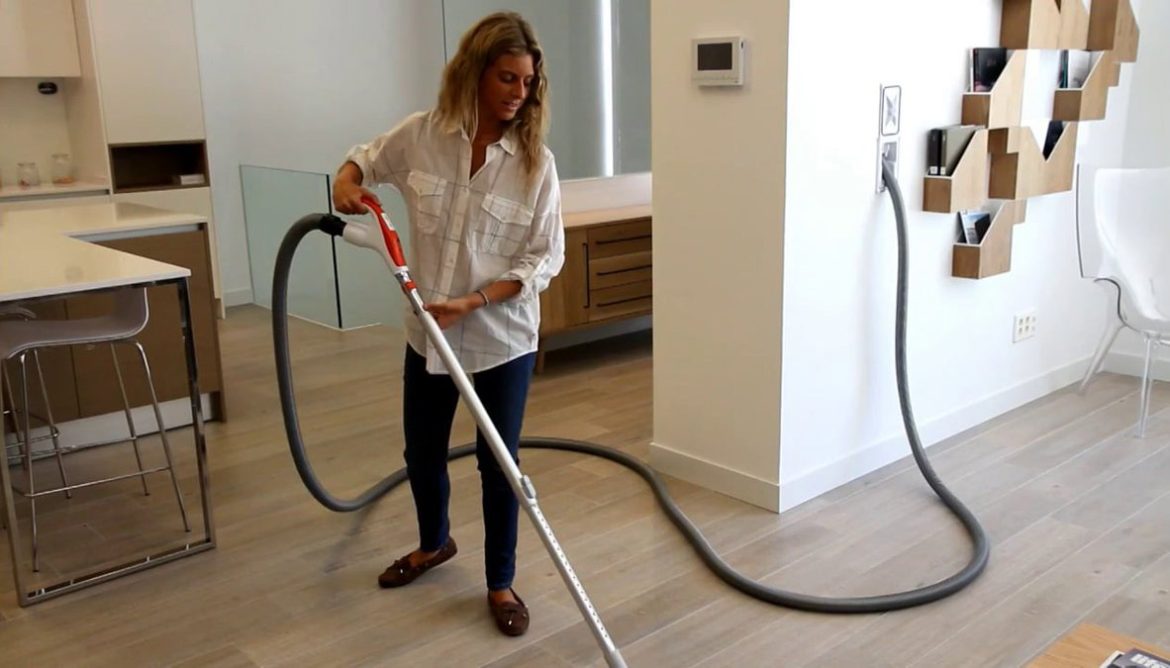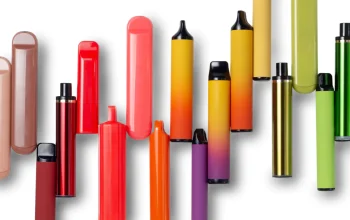Central vacuum systems have a rich history dating back over a century, evolving from rudimentary designs to sophisticated cleaning solutions that integrate seamlessly into modern homes. Here’s a journey through the significant milestones and advancements that shaped the development of Central Vacuum Systems:
1. Early Beginnings:
- The concept of central vacuum systems traces back to the late 19th century when David T. Kenney patented the first central vacuum system in 1905. Initially designed for commercial use, these early systems were bulky and impractical for residential applications.
2. Early Residential Adoption:
- In the mid-20th century, central vacuum systems gained popularity among affluent homeowners seeking innovative cleaning solutions. These systems featured large units installed in basements or garages, connected to a network of ducts and inlet valves throughout the home.
3. Technological Advancements:
- Throughout the 20th century, advancements in technology improved the efficiency, suction power, and usability of central vacuum systems. Smaller, more powerful motors, along with better filtration systems, enhanced cleaning performance while reducing noise levels.
4. Integration into Modern Homes:
- By the late 20th and early 21st centuries, central vacuum systems became more accessible and integrated into new residential construction projects. Improved installation techniques, along with sleeker designs and quieter operation, made them appealing to homeowners looking for convenience and superior cleaning capabilities.
5. Smart Technology Integration:
- In recent years, central vacuum systems have embraced smart home technology. Integration with smartphone apps, voice assistants like Amazon Alexa and Google Assistant, and automated scheduling features have revolutionized how homeowners interact with and control their central vacuum systems.
6. Environmental and Health Benefits:
- Central vacuum systems are recognized for their environmental and health benefits. Advanced filtration technologies, such as HEPA filters, effectively capture allergens and improve indoor air quality. Additionally, the reduction in noise pollution compared to portable vacuums contributes to a quieter and more comfortable living environment.
7. Longevity and Durability:
- Modern central vacuum systems are engineered for longevity and durability. With fewer moving parts and robust construction, they often outlast traditional portable vacuums, providing a reliable cleaning solution for years.
8. Continued Innovation:
- The future of central vacuum systems holds promise for further innovation. Continued advancements in motor efficiency, filtration technologies, and integration with smart home ecosystems are expected to enhance their functionality and appeal.
Conclusion
From humble beginnings to becoming an integral part of modern home design, central vacuum systems have evolved significantly over the decades. Their journey through history reflects a commitment to innovation, efficiency, and improving the quality of life for homeowners. As technology continues to advance, central vacuum systems are poised to remain a cornerstone of clean, healthy homes well into the future.



